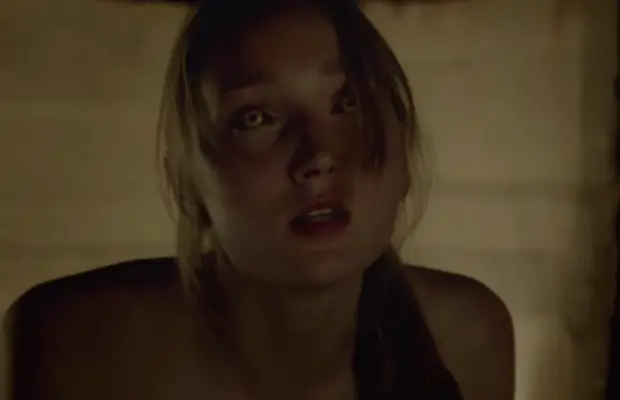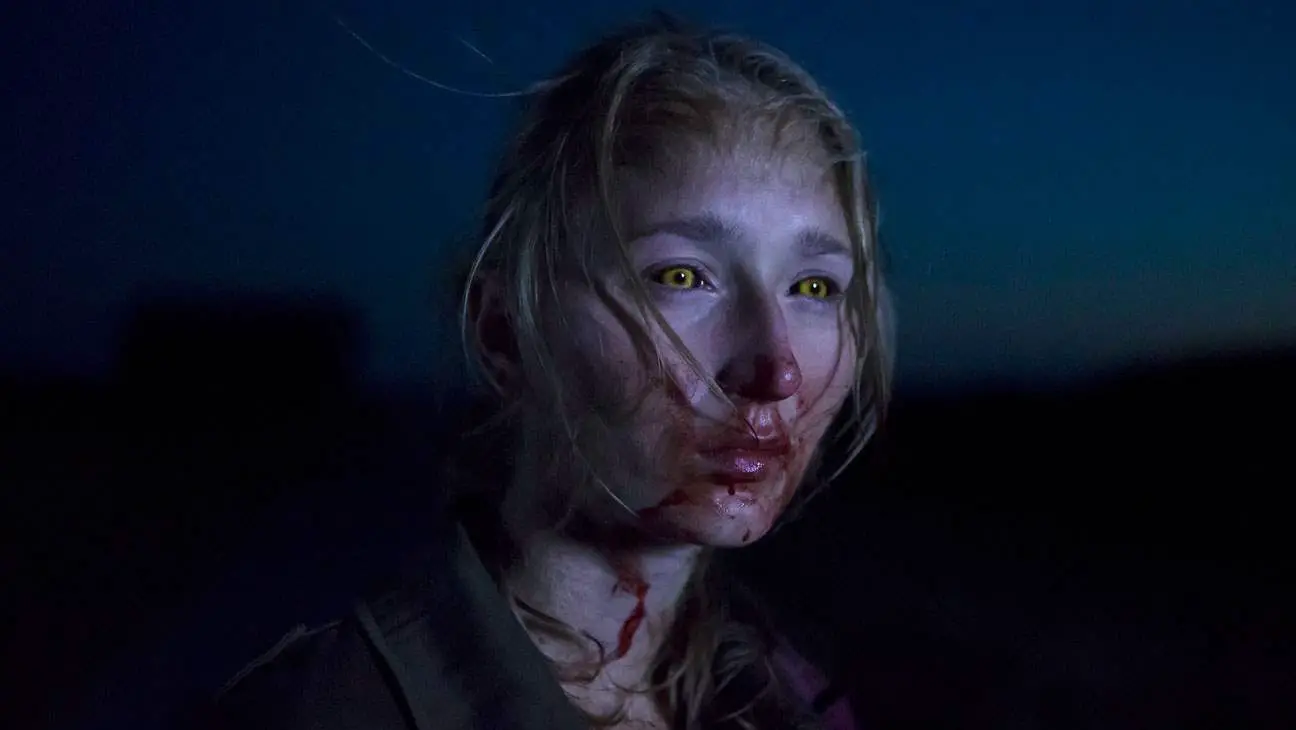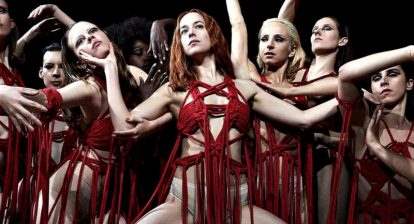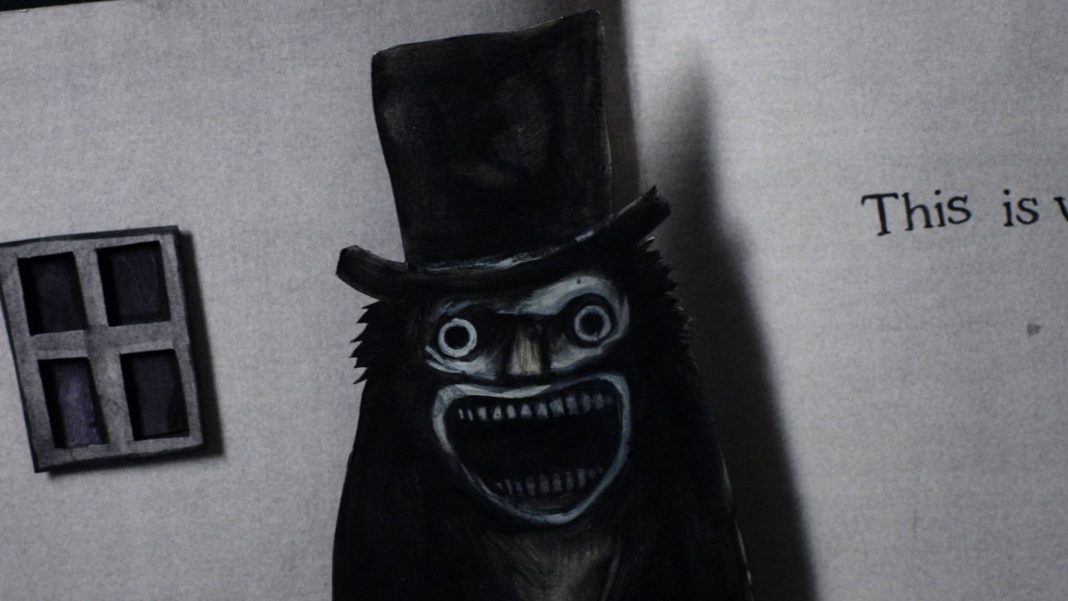Wicked Horror’s April Bennett had a chance to interview Danish director Jonas Alexander Arnby about his breakout film When Animals Dream. Although this is Arnby’s first film, he is no stranger to the industry. Working in the industry since 1993, he has directed television commercials, music videos and shorts, served as a prodctuion assitant on several projects, and is a co-founder of Circus Alphaville, the commercial subsidiary of Alphaville Pictures Copenhagen (production company). When Animals Dream will open in select theaters and on demand today (August 28).
“An outsider in a small coastal community, 19-year-old Marie (Sonia Suhl) lives alone with her parents. She has no one to confide in except Daniel (Jakob Oftebro), a young man mesmerized by her wild nature. When Marie discovers her body undergoing a transformation, she begins searching for answers linked to her family’s hidden past. Her father tries to keep her safe from the watchful and fearful gaze of the townspeople, but something rebellious within Marie cannot be tamed. Soon her search for the truth will send her on a collision course with everyone around her–with the exception of Daniel, who will follow her to the end of the night.”
Wicked Horror: What made you chose to pursue a new twist on the werewolf? The werewolf in the horror genre is rarely portrayed as woman, let alone a young woman trying to come into her own as an adult.
Arnby: Well, to be quite honest I don’t know. What I saw was the huge contrast in a sensitive, fragile, almost innocent girl to make this huge transformation to whatever she is turning into. Also, her struggle to understand that she is different than everybody else and to fighting for her individuality. From a creative standpoint I didn’t think it had the same ring if the story was centered on a young man. There is also a subplot or a sub story, that I wouldn’t call feminism, but there is a trace of feminism. It is also a little bit cliché because of all the layers and within the transformation itself and I thought by placing a girl in this man dominated environment it would be a stronger story. I always wanted to make a coming of age story and I saw that there are more elements with a female lead in this role. They (women) seem to have more secrets, are more sensitive and have more mystery than men; that is what I wanted to use. Maybe I didn’t have the right friends growing up (laughs), but I don’t see those same characteristics with boys of the same age.
WH: Marie’s look as a werewolf is amazing and I absolutely love the subtly of the makeup and the elegant transformation, but how did you craft the final look? What inspired you?
Arnby: My writers and I decided to not make a traditional werewolf character, the typical werewolf monster. We wanted to use the essence of the transformation of the werewolf and place it into a character. People can call it what they will, but what was important was that we made an animalistic transformation that would show the parallel between her physical and psychological change. We wanted to make our own monster, our own animal so to speak, and to make it believable. We don’t want to speak badly of any other contemporary portrayals of werewolf or other monsters, but one of the points for me was that as soon as you have a vampire or monster or what have you, it has to be motivated on the realism and the psychological aspects. I think that we were very eager to create our own werewolf out of realism in this film.
WH: One of the best aspects of this movie is that the viewer isn’t insulted by pointless dialogue or typical cheesy one liners. We are instead treated to a movie that capitalizes on the human connection between the actors and the link from screen to viewer. However this can be risky, but what made you go this route?Arnby: Yeah you know what the most important thing to me was to make the psychological thrill and drama. As long as you believe in the motivations and the character development and what is happening to her (Marie) you don’t need amazing tricks or to make it scary. Less is more because as long as you believe in it, it becomes more frightening and intriguing than making a $200 million film. Everything is doable today and the audience is expecting this, so why not play on what happens in a naturalistic way because then you will actually believe in it. I mean if I had $200 million I would still make the same movie. The psychology was extremely important to me as well as the dialogue and the suspense between the characters. What stands out in the movie is the non-verbal aspect between the pauses of dialogue in a single moment than what was actually said. What I am hoping is that from this movie it demands something from your audience that you have to put yourself in her (Marie) position. When you use this method, the length of dialogue doesn’t matter and you can instead get hooked on the personal story. The village where the movie was filmed actually exists and the use of little dialogue is similar to the way they live. Nothing is really said, a lot is read between the lines in that environment and that was some of the inspiration of how the film should be.
WH: I have to say out of the plethora of coming of age films that I have seen, this movie definitely stands out in this group. Where there any particular challenges you encountered while mixing horror and a common theme that old and young alike can relate to?
Arnby: I think it is important to make a movie that people can see themselves in. With young women, they tell me that they can see themselves in this character, even if they didn’t turn into a werewolf themselves. (Laughs) In their younger days they had feelings of not being in the right place and trying to fit in. For me it is a celebration of being different, a celebration of embracing being different and going with it. At least that is what I hope some of the audience will get out of it.
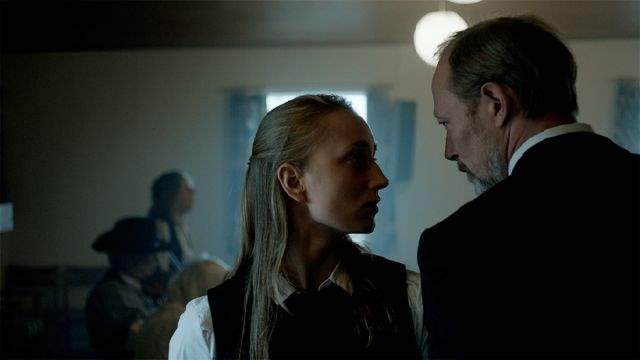 WH: Since this is your first feature film where there certain details that you had to learn on the job as a brand new director?
WH: Since this is your first feature film where there certain details that you had to learn on the job as a brand new director?
Arnby: I kind of protected myself because I spent a year and a half getting Sonia (Sonia Suhl, Marie), the lead, into character. I didn’t want to destroy her innocence, but I had to make sure that she was capable of delivering the role. For me that was my main focus, everything else could have fallen apart, but if she couldn’t be the Marie that I was looking for then I would screwed. But she did and basically on the first shooting day she was incredibly sick and I became worried. I was sure she was nervous like hell, but thankfully she was just sick and the first day of shooting she needed to look sick anyway so it turned out just great.
WH: Do you have any more plans for any horror-esque moves in the future?
Arnby: No, I’m not doing a romantic comedy next, but I am actually doing a thriller right now about two people who got stuck in a camp in Greenland in 1906. These two guys survived for three years on the ice and it is a real story that turns quite intense. It is a thriller film about survival, but it has certain horror elements to it because it is an extreme situation. Of course the psychology changes between the two and the whole drama reveals itself and it takes a bloody and intense turn.

